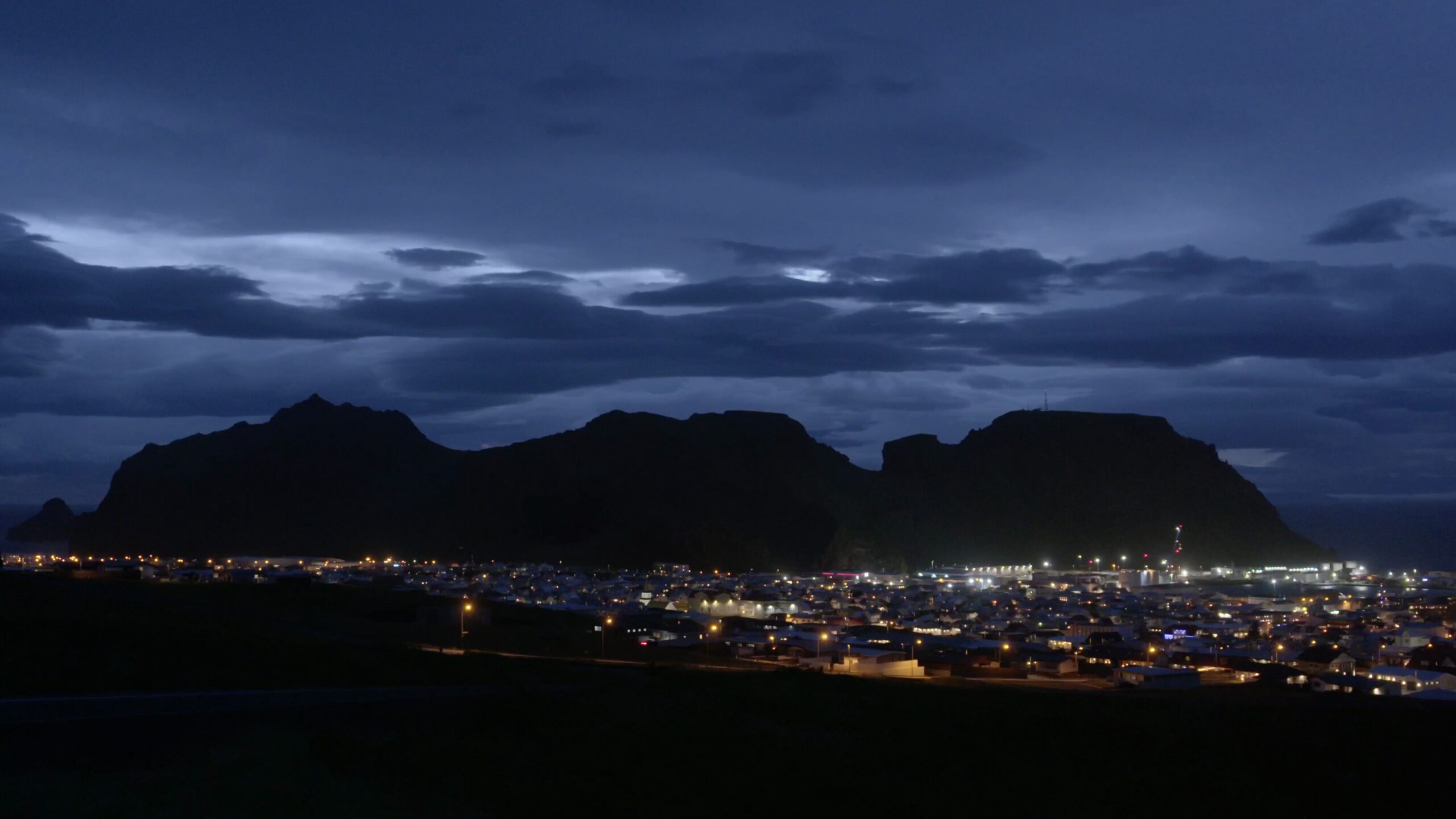Streetlights, buildings, cars headlights, and other artificial light sources brighten the night sky — a phenomenon known as light pollution. While these lights serve a practical purpose to humans, they can confuse and disorient a variety of wildlife.
For instance, many songbirds migrate at night and artificial lights can lure them into dangerous urban centers and expose them to threats like window collisions. Fledgling seabirds and baby sea turtles also get disoriented by artificial lights, mistaking city lights for the reflection of the moon off of the water. This can lure them away from the water and towards city centers, as seen in Wild Hope: Puffling Patrol.
By reducing light pollution, we can help protect wildlife and keep natural ecosystems in balance. Many places around the world are already working to do this thanks to encouragement from dedicated organizations. The National Audubon Society’s “Lights Out Program” encourages cities to shut off lights at night during peak migration. And DarkSky International officially recognizes “Dark Sky” parks and cities that are exceptionally committed to reducing their light pollution.
